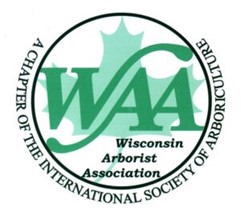 Join the Wisconsin Department of Natural Resources (DNR) and the Wisconsin Arborist Association (WAA) for the 2026 Wisconsin Annual Urban Forestry Conference. The conference will be held from Feb. 15 to 17 at the KI Convention Center in Green Bay. Continue reading “WAA/DNR Annual Conference Registration Open Now!”
Join the Wisconsin Department of Natural Resources (DNR) and the Wisconsin Arborist Association (WAA) for the 2026 Wisconsin Annual Urban Forestry Conference. The conference will be held from Feb. 15 to 17 at the KI Convention Center in Green Bay. Continue reading “WAA/DNR Annual Conference Registration Open Now!”
Urban wood
Upcoming Trainings
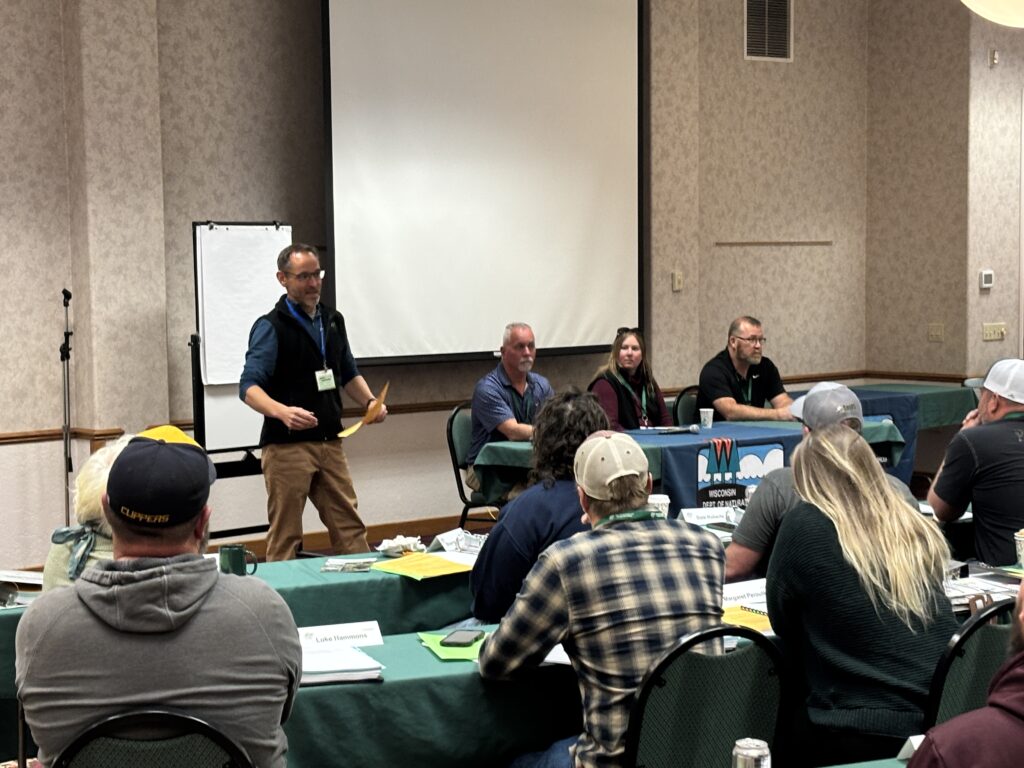 *These training opportunities are provided as an information service only and do not constitute an endorsement from the Wisconsin Department of Natural Resources (DNR).
*These training opportunities are provided as an information service only and do not constitute an endorsement from the Wisconsin Department of Natural Resources (DNR).
See below for information on training topics and events, including ISA certification exam preparation, plant propagation, winter tree identification, urban forest restoration, research trends and electrical hazards. Continue reading “Upcoming Trainings”
Upcoming Trainings
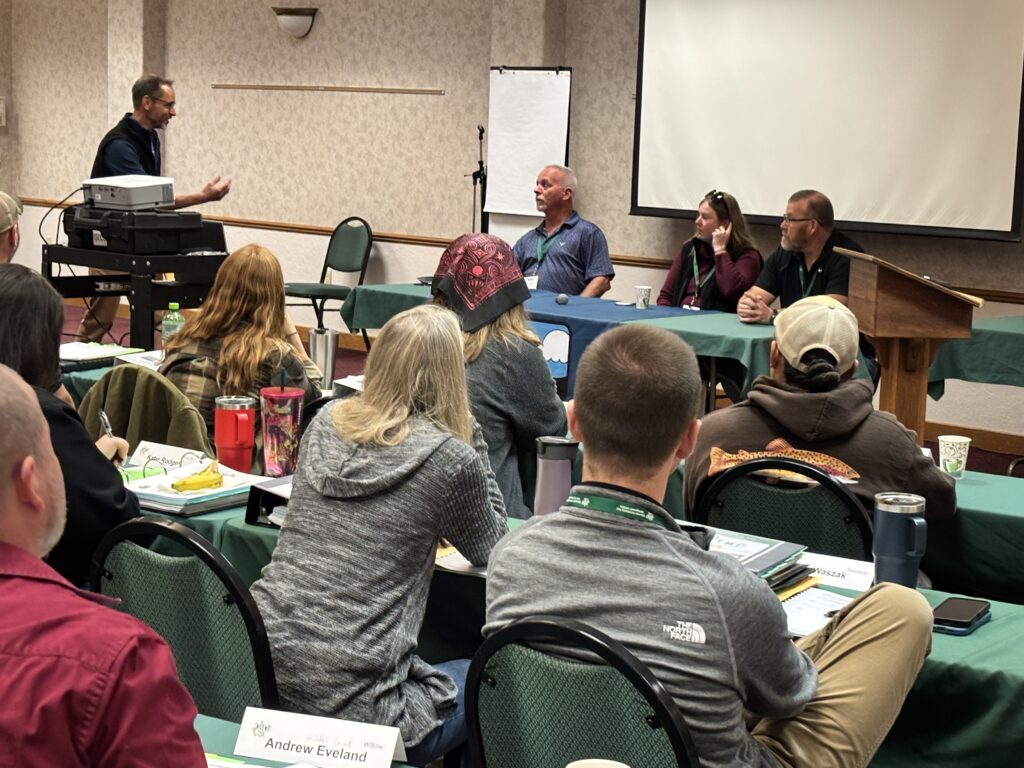 *These training opportunities are provided as an information service only and do not constitute an endorsement from the Wisconsin Department of Natural Resources (DNR).
*These training opportunities are provided as an information service only and do not constitute an endorsement from the Wisconsin Department of Natural Resources (DNR).
See below for information on training topics and events, including urban wood, invasive species, tree rot and decay, beech leaf disease, connecting people to urban forestry and research presentations on pruning regimens, tree science and solar power. Continue reading “Upcoming Trainings”
Reminder: Urban Forestry Council Award Nominations Due Oct. 31
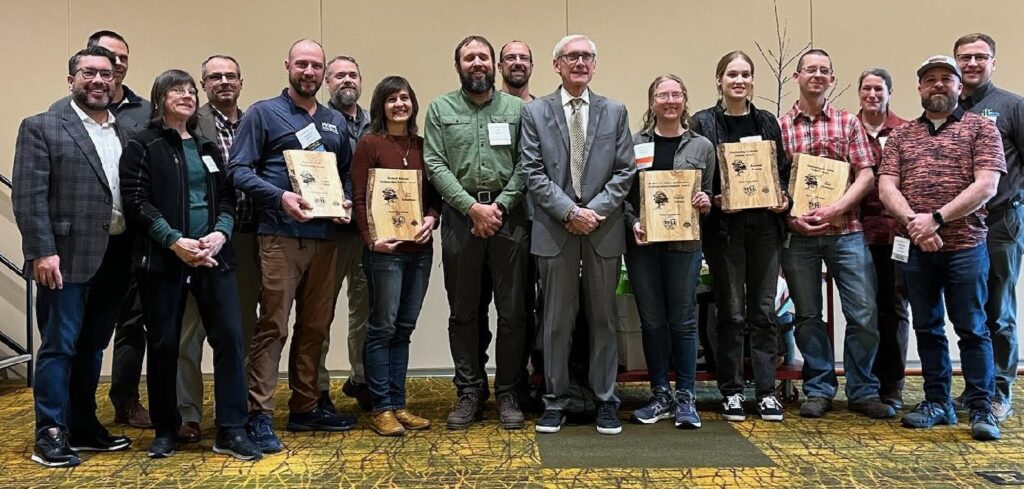 Do you know of a person or organization that is making a difference in community forestry? Maybe it is a volunteer who spends their free time planting trees in the community or an organization that is committed to increasing tree diversity or a municipal employee who has dedicated their career to transforming a city’s urban forestry program. If so, please complete this short online nomination form to recognize them for their efforts! Continue reading “Reminder: Urban Forestry Council Award Nominations Due Oct. 31”
Do you know of a person or organization that is making a difference in community forestry? Maybe it is a volunteer who spends their free time planting trees in the community or an organization that is committed to increasing tree diversity or a municipal employee who has dedicated their career to transforming a city’s urban forestry program. If so, please complete this short online nomination form to recognize them for their efforts! Continue reading “Reminder: Urban Forestry Council Award Nominations Due Oct. 31”
Program Spotlight: DNR’s Inflation Reduction Act Funded Projects Taking Root
By Jay Dampier, DNR IRA Grant Coordinator, Jason.Dampier@wisconsin.gov or 920-765-1935
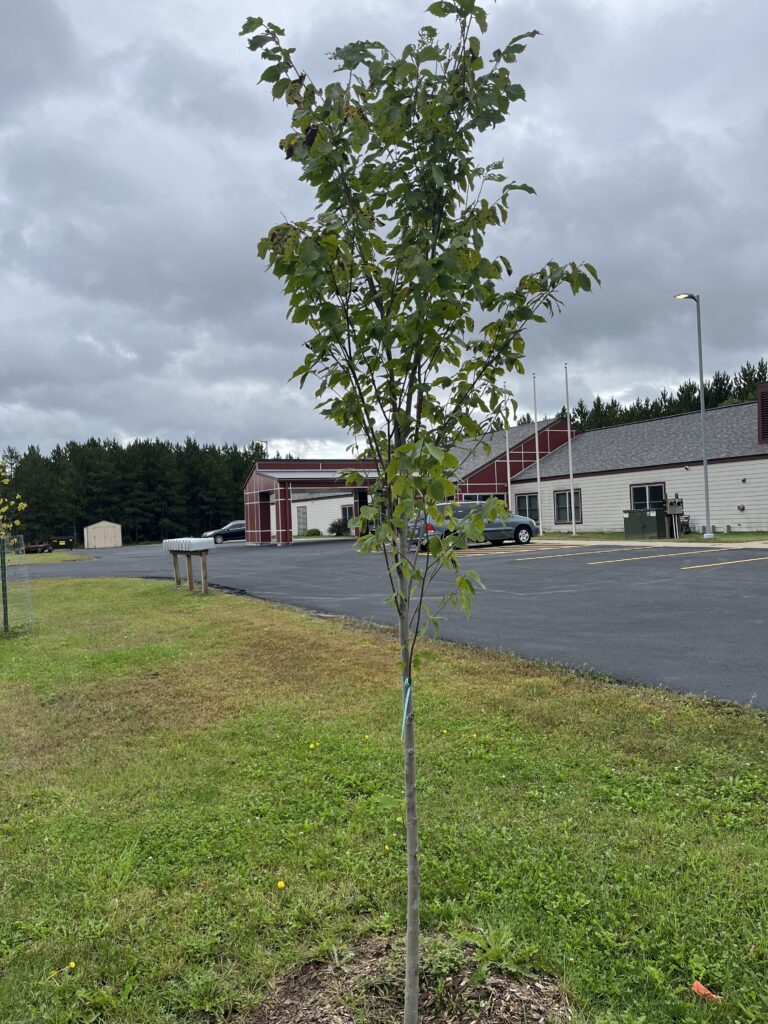
A tree planted with IRA funds is poised to provide shade over the parking lot at Mᶏᶏnᶏᶏpe Hocira – Ho-Chunk Veterans Housing Complex.
On a crisp spring morning in 2025, shovels break ground along a city street in Wisconsin. In another community, trees are being inventoried and assessed for risk. Elsewhere, a dangerous dead ash tree is being removed with a crane to make a neighborhood safer. It’s all part of a bold, three-year initiative made possible through the Inflation Reduction Act (IRA) and administered by the DNR’s Urban and Community Forestry Program. One year in, the thirteen grant-funded projects totaling $4 million are already taking root. Grantees include municipalities, tribes, nonprofits and one county. Grant awards range from under $100,000 to nearly $500,000 and are helping communities grow healthier, greener and more resilient. Together, these efforts are transforming neighborhoods and creating a legacy of shade, clean air and beautification across Wisconsin. Continue reading “Program Spotlight: DNR’s Inflation Reduction Act Funded Projects Taking Root”
Upcoming Urban Forestry Grant Deadlines
Reminder: 2026 DNR Urban Forestry Grant Applications Due Oct. 1, 2025
Cities, villages, towns, counties, tribes and 501(c)(3) nonprofit organizations in or conducting their project in Wisconsin are encouraged to apply for a regular or startup 2026 Wisconsin Department of Natural Resources (DNR) Urban Forestry Grant.
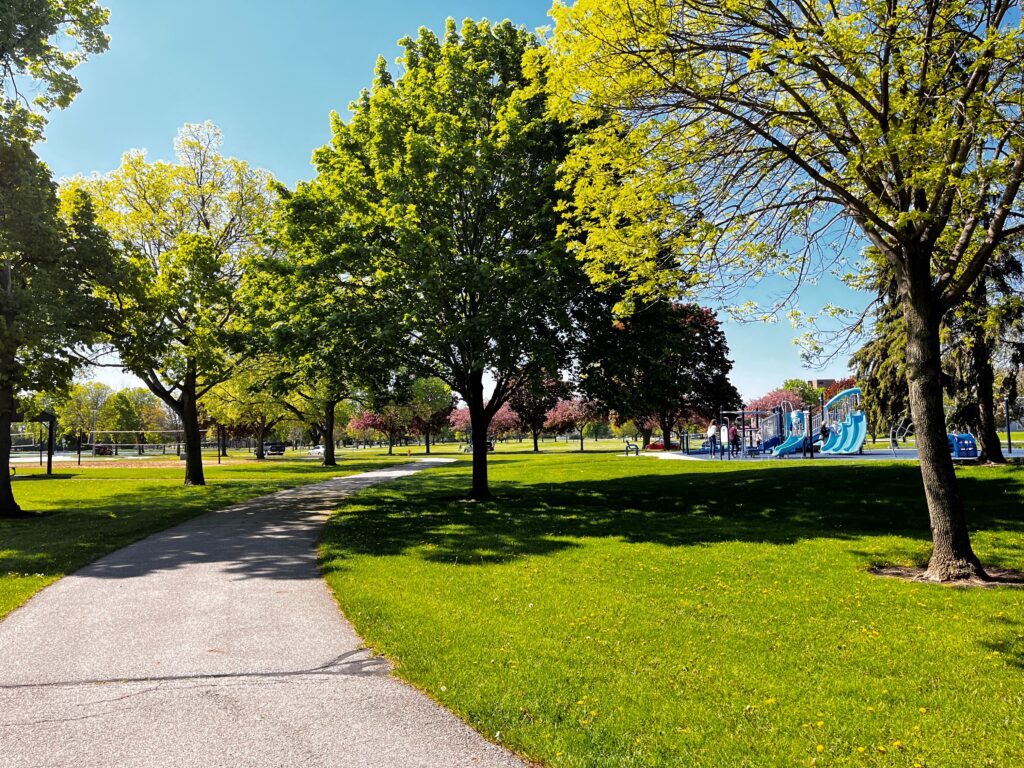 The grants range from $1,000 to $25,000, and grant recipients must match each grant dollar for dollar. A startup grant of up to $5,000 is available for communities that want to start or restart a community forestry program. Grants are awarded to projects that align with state and national goals for increasing the urban forest canopy and the benefits it provides. These grants do not subsidize routine forestry activities. In total, $559,680 is currently available in regular and startup grant funding for 2026.
The grants range from $1,000 to $25,000, and grant recipients must match each grant dollar for dollar. A startup grant of up to $5,000 is available for communities that want to start or restart a community forestry program. Grants are awarded to projects that align with state and national goals for increasing the urban forest canopy and the benefits it provides. These grants do not subsidize routine forestry activities. In total, $559,680 is currently available in regular and startup grant funding for 2026.
Biophilic Design & Urban Wood
By Dwayne Sperber, Wudeward Urban Forest Products
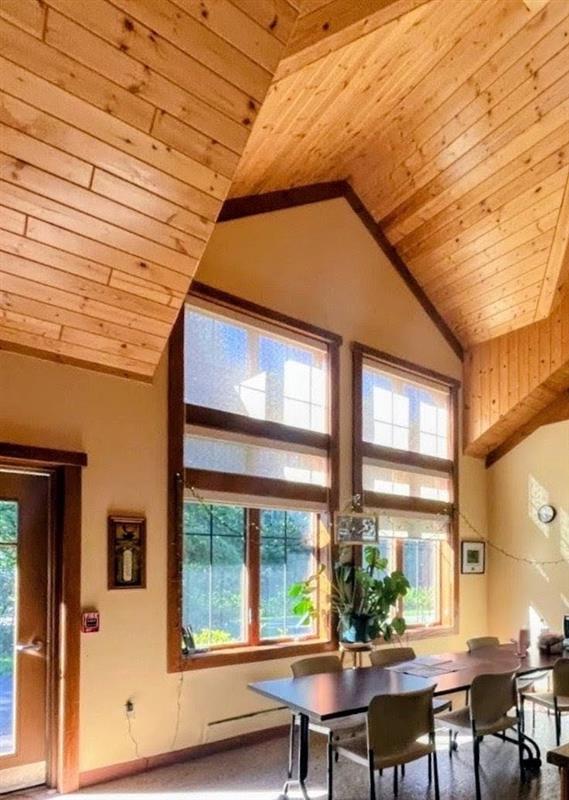 Trees grow, change and like all living things, eventually decline or die. Sometimes trees are removed from urban areas due to safety concerns, tree health or insufficient space. But when these urban and community trees are viewed not as waste, but as a valuable material resource, their story doesn’t end – it continues.
Trees grow, change and like all living things, eventually decline or die. Sometimes trees are removed from urban areas due to safety concerns, tree health or insufficient space. But when these urban and community trees are viewed not as waste, but as a valuable material resource, their story doesn’t end – it continues.
By transforming fallen trees into urban wood products, we can extend the benefits of living trees into the places we live, work and play. These materials – lumber, furniture, architectural woodwork – quietly connect us to nature. This is the basis of biophilic design, the concept of connecting humans to the natural environment.
Upcoming Trainings
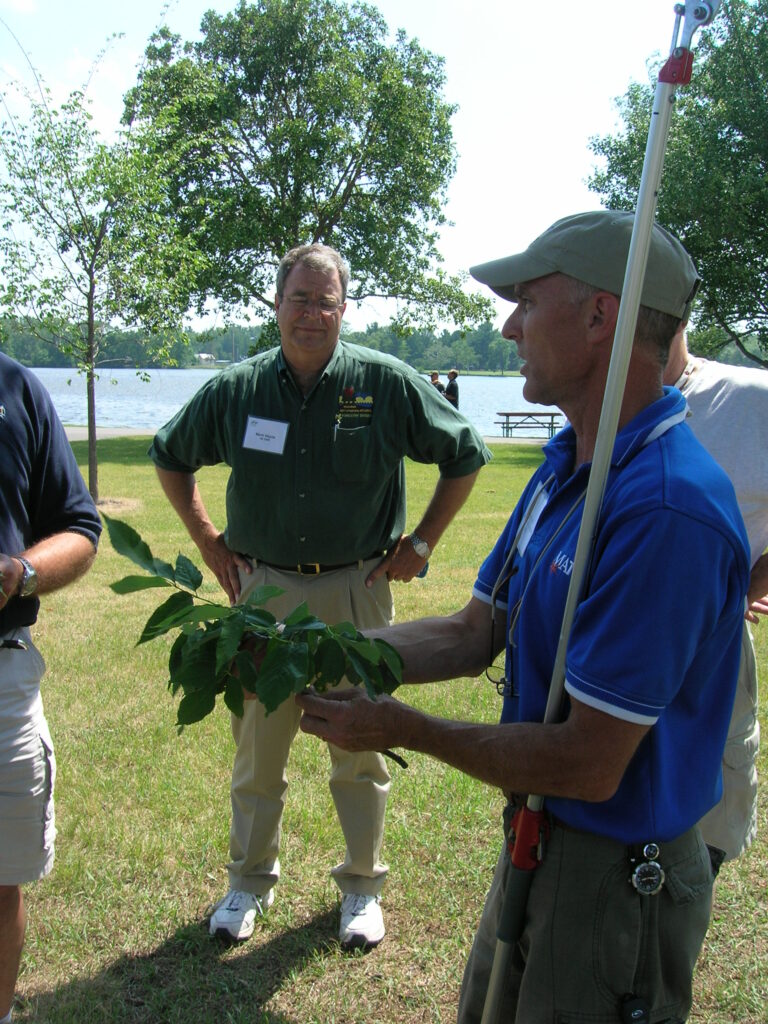 *These training opportunities are provided as an information service only and do not constitute an endorsement from the Wisconsin Department of Natural Resources (DNR).
*These training opportunities are provided as an information service only and do not constitute an endorsement from the Wisconsin Department of Natural Resources (DNR).
See below for information on training topics and events, including utilizing urban wood, leadership in urban forestry, retaining mature trees, the Women’s Rec & Safety Climb, the WAA Fall Seminar, electrical hazards, climate change, tree pathology and diseases and urban forestry public awareness materials.
Save The Date: Feb. 15-17, 2026 – WAA/DNR Annual Urban Forestry Conference
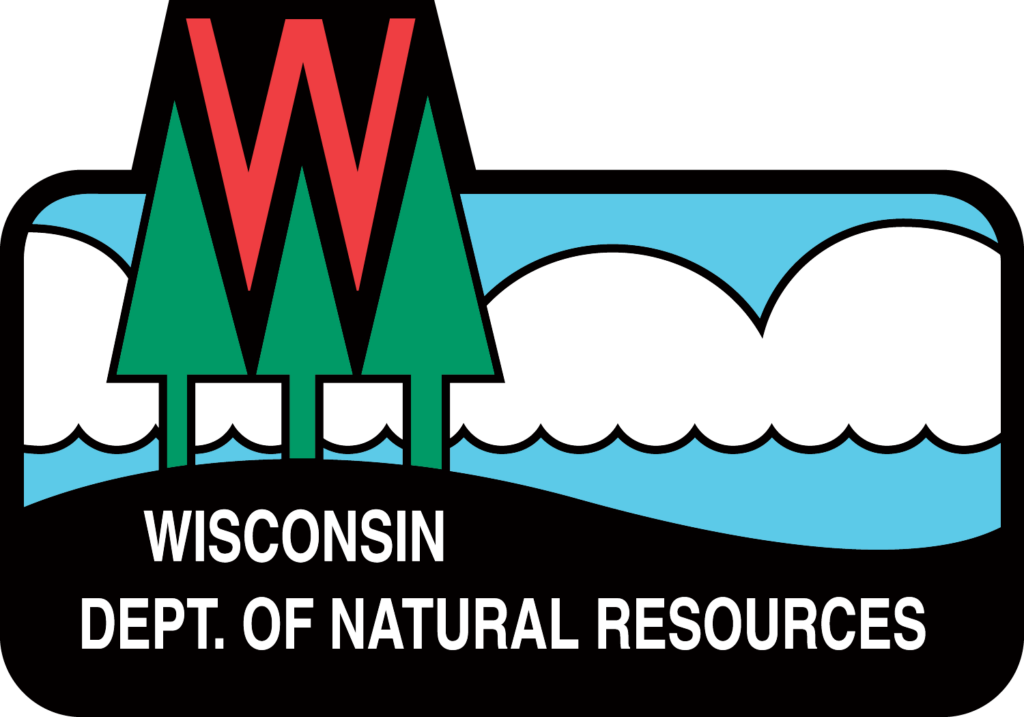
 The annual WAA/DNR Urban Forestry Conference will again be held at the KI Convention Center in Green Bay, Wisconsin. More information will be available soon! Continue reading “Save The Date: Feb. 15-17, 2026 – WAA/DNR Annual Urban Forestry Conference”
The annual WAA/DNR Urban Forestry Conference will again be held at the KI Convention Center in Green Bay, Wisconsin. More information will be available soon! Continue reading “Save The Date: Feb. 15-17, 2026 – WAA/DNR Annual Urban Forestry Conference”
Trees And Insurance Survey
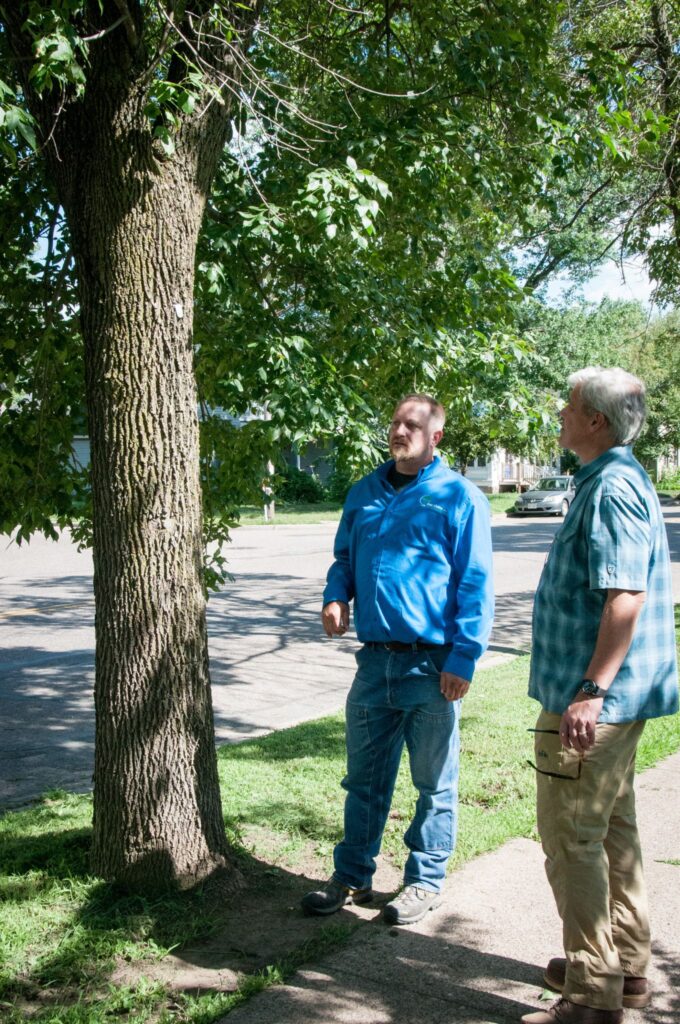 The Urban and Community Forestry Society (UCFS) Industry Trends committee – charged with monitoring the issues impacting your work – is seeking information on your experiences with insurance companies and urban tree canopy. There is growing evidence that insurance companies are directing the pruning or removal of trees, and the committee wants to fully understand the issue. Your responses to the survey below will help compile stories and evidence so that UCFS can work with industry partners and draft position statements. Continue reading “Trees And Insurance Survey”
The Urban and Community Forestry Society (UCFS) Industry Trends committee – charged with monitoring the issues impacting your work – is seeking information on your experiences with insurance companies and urban tree canopy. There is growing evidence that insurance companies are directing the pruning or removal of trees, and the committee wants to fully understand the issue. Your responses to the survey below will help compile stories and evidence so that UCFS can work with industry partners and draft position statements. Continue reading “Trees And Insurance Survey”
